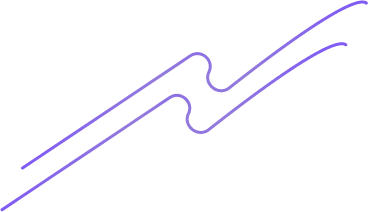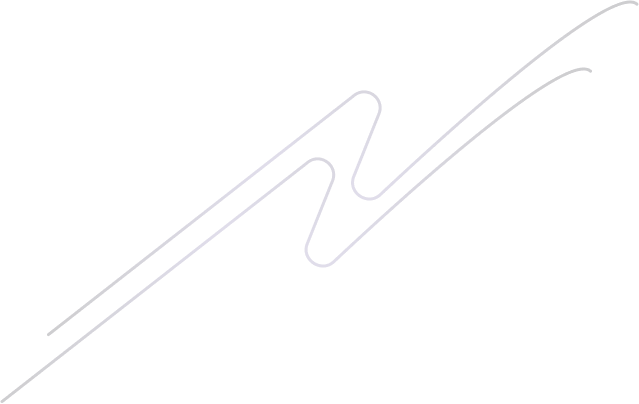I’m sharing a strategy I used to save $2,000 in ad spend while maintaining and even improving sales on a Shopify store. Over a 90-day period I shifted focus from purely paid acquisition to a targeted blog-driven approach, and the result was fewer ad dollars needed to reach the same customers, better margins, and longer-term organic gains. Below I explain the why, the how, and a step-by-step plan you can follow.
Why Shopify Blogs Can Reduce Ad Spend
Blogs work as a compounding asset: they attract organic traffic, build trust, and improve product page relevancy in search engines. Instead of paying to reacquire the same customer repeatedly, content brings prospective buyers to your site with a lower long-term cost. In my case, content reduced dependency on retargeting and scaled top-of-funnel impressions without proportionally increasing ad costs.
Step-by-step Strategy I Used
The approach below is practical and repeatable. It focuses on high-intent topics, conversion-first article structure, and smart measurement so you don’t waste time writing posts that don’t move the needle.
- Audit and benchmark: Before writing, I recorded current metrics: ad spend, CAC (cost-per-acquisition), conversion rate, and organic sessions. Example baseline: $3,500 monthly ad spend, CAC $35, 2.5% site conversion.
- Keyword triage: I targeted three keyword buckets — high intent (product + “best” or “buy”), problem/solution (pain point + product category), and awareness (how-to + use cases). Prioritize low-competition, high-intent keywords that can rank within 60–90 days.
- Conversion-first blog template: Every article included an above-the-fold product mention or internal link, a short demo section, social proof snippet, and a clear CTA to a product collection or landing page. This reduces bounce and nudges readers into the funnel.
- Internal linking and product integration: I added contextual links from articles to product pages and collections, and used Shopify’s blog excerpt and related products. That increased session duration and internal click-throughs.
- Reuse paid spend strategically: Instead of broad prospecting, I shifted 40–60% of spend to promote top-performing blog posts (sponsored social posts and search ads for the blog article). This drove low-cost top-of-funnel users who converted via the article to the product page.
- Capture and nurture: Every post had an email capture (lead magnet, discount or guide). New subscribers were funneled into a short email series to convert without additional ad interaction.
- Measure and iterate: Weekly I tracked organic sessions, blog-assisted conversions, and CAC. When a post cut CAC or improved organic conversions, I doubled down with internal updates and lightweight promotion.
Example Math: How the $2,000 Savings Happened
These are rounded numbers from my campaign to show how the savings add up. Your business may vary.
- Baseline monthly ad spend: $3,500
- Baseline monthly revenue from ads: $7,000 (CAC $35)
- After 90 days of blog strategy: organic + blog-assisted sales replaced 40% of ad-driven purchases.
- New required ad spend: $1,500 (paid promotion focused on blog posts + high-intent retargeting)
- Monthly savings: $3,500 − $1,500 = $2,000
Important note: I didn’t eliminate ads — I reallocated and reduced. The goal is a lower CAC and more predictable organic traffic funnel.
Practical Blog Post Structure That Converts
Use the following structure for each Shopify blog post to maximize conversions and SEO impact:
- Title: keyword-focused and promise-driven (e.g., “How to Choose the Best Portable Coffee Maker for Travel”)
- Intro: identify the reader’s pain and preview the solution (1–2 short paragraphs)
- Top solutions: list 3–5 options or steps, with product mentions and internal links
- Quick comparison table: (or bullet summary) to help fast decisions
- Social proof: embed a review or small testimonial
- CTA: pointed button/link to product collection, plus a coupon/email capture
- FAQ + Schema: short FAQs include target keywords and enable rich results
Shopify-Specific Tips
On Shopify I used built-in blog features and a few optimizations: add product cards to articles, use meta title/description tailored to keywords, enable structured data (JSON-LD) for article & product, and pin blog posts to the navigation or collection pages for discoverability. I also connected Search Console and Google Analytics (or GA4) to track blog-assisted conversions accurately.
How to Test This Without Risking Sales
Start with a 90-day trial: publish 6–12 optimized articles targeting high-intent queries, reduce ad prospecting spend by 20–40%, and reallocate that budget to promote the best-performing posts. Track ad spend, organic sessions, and CAC weekly. If blog efforts reduce CAC and keep revenue steady, continue reallocating until you reach your savings goal.
Final Checklist (90-Day Sprint)
Follow this checklist to replicate the results I achieved:
- Audit current metrics: ad spend, CAC, conversion rate
- Create a 12-post content calendar focusing on high-intent keywords
- Write conversion-first posts and add product links + CTAs
- Capture emails on every article and build a 3-email welcome flow
- Reallocate part of ad budget to boost top-performing posts
- Measure weekly and iterate on posts that drive conversions
If you want, I can draft a 12-post content calendar tailored to your Shopify store niche and show where to expect the biggest wins first. I used this exact framework to cut roughly $2,000 from my monthly ad bill while keeping sales steady — and you can replicate it with focused effort and measurement.








